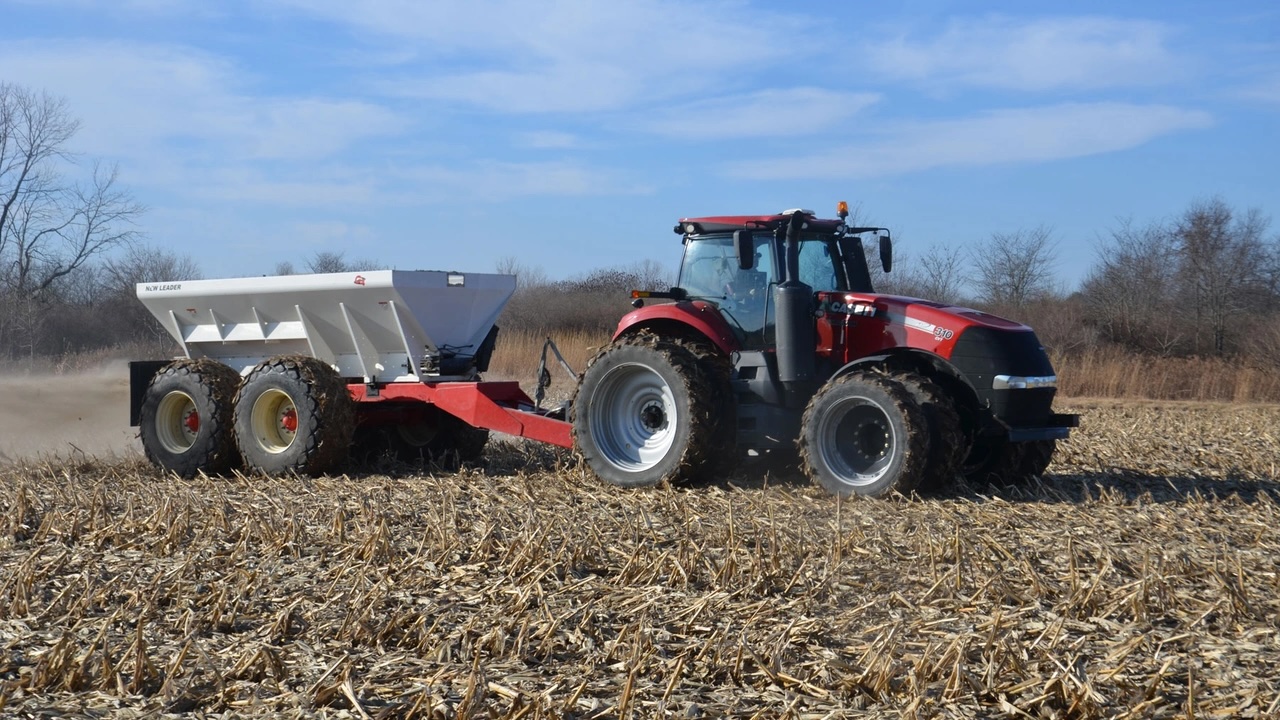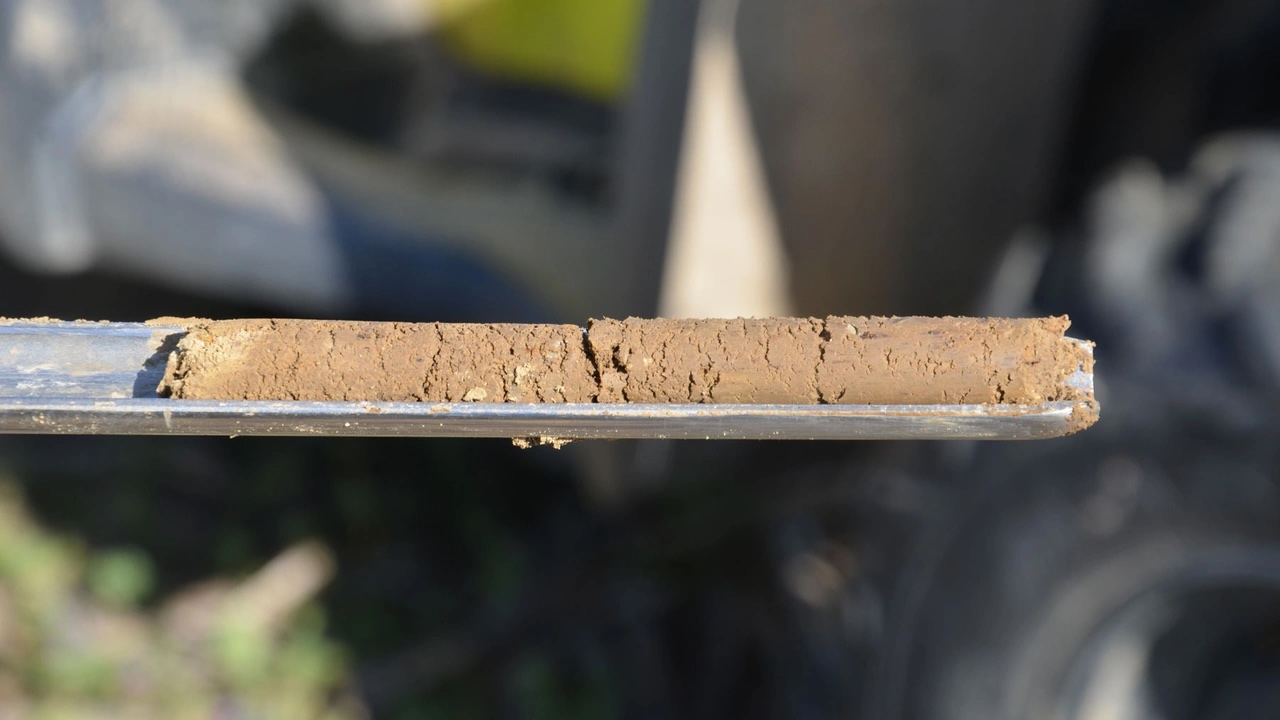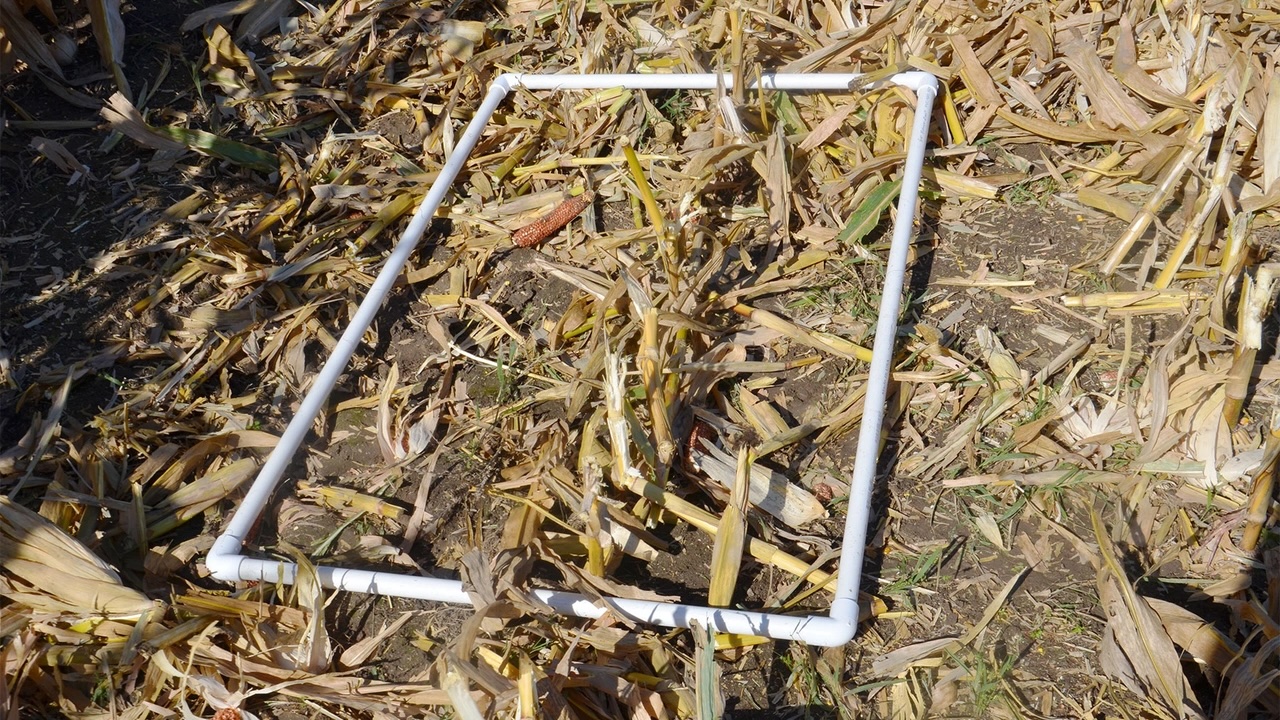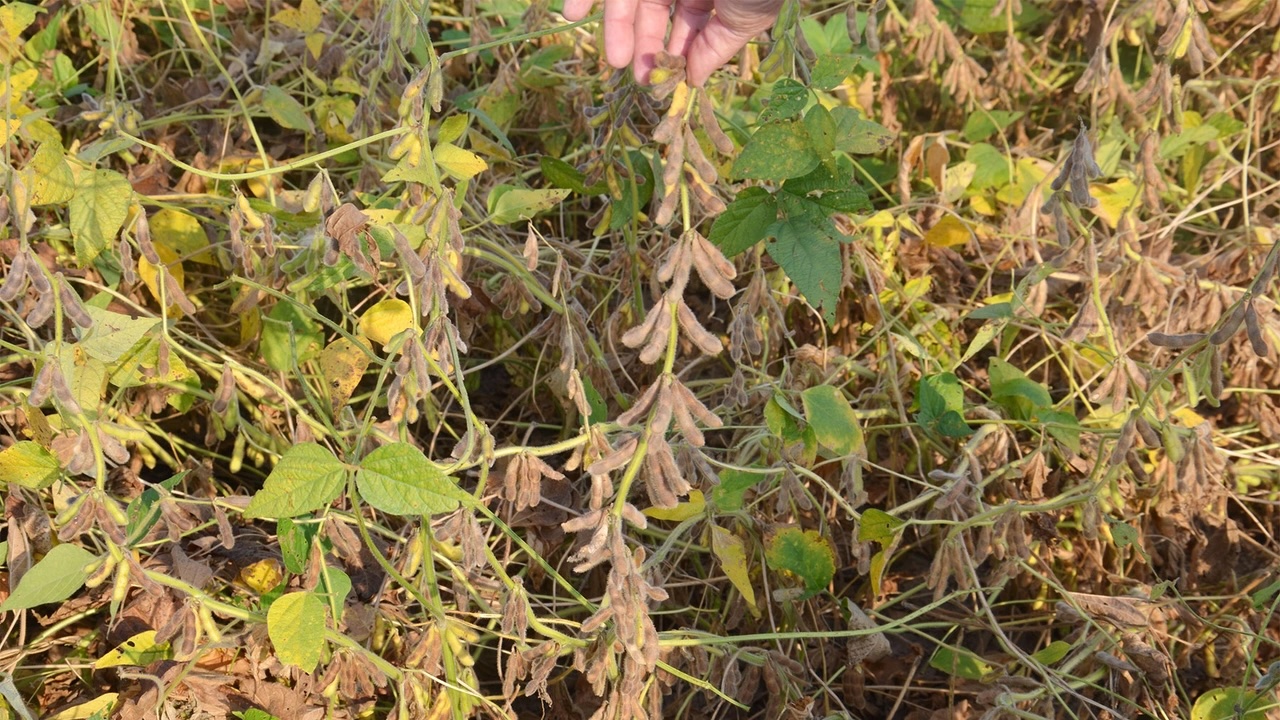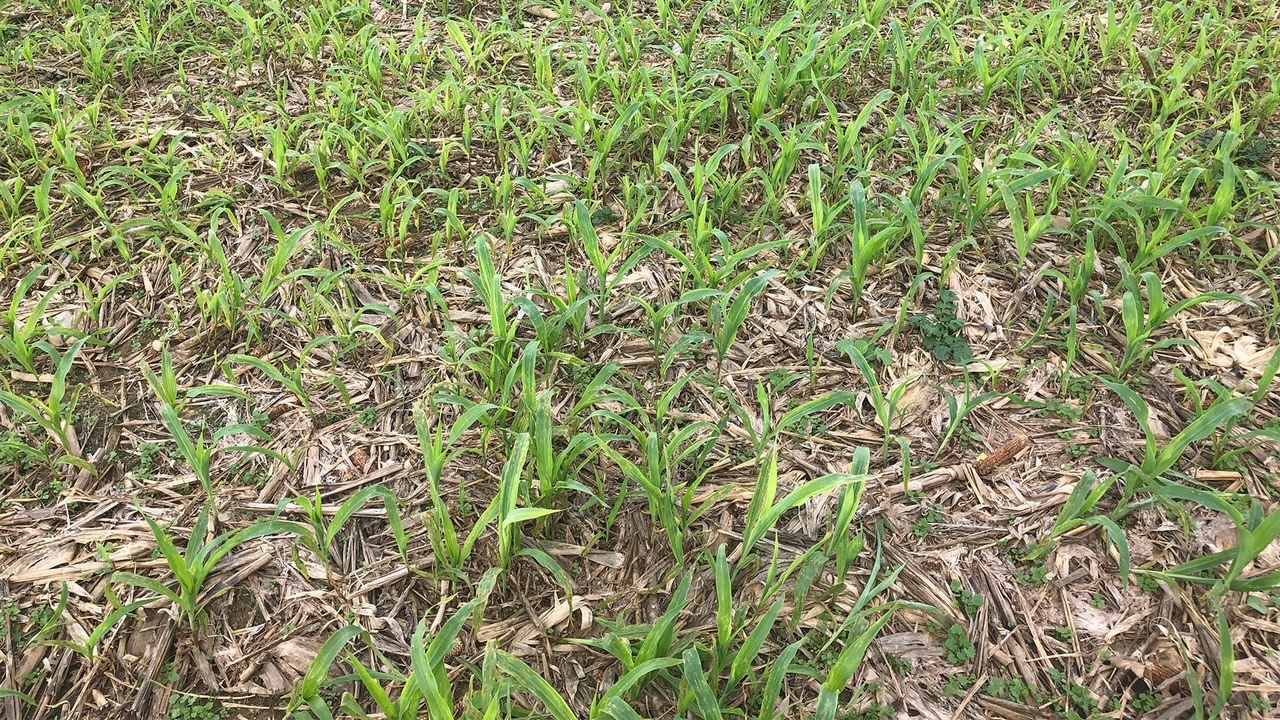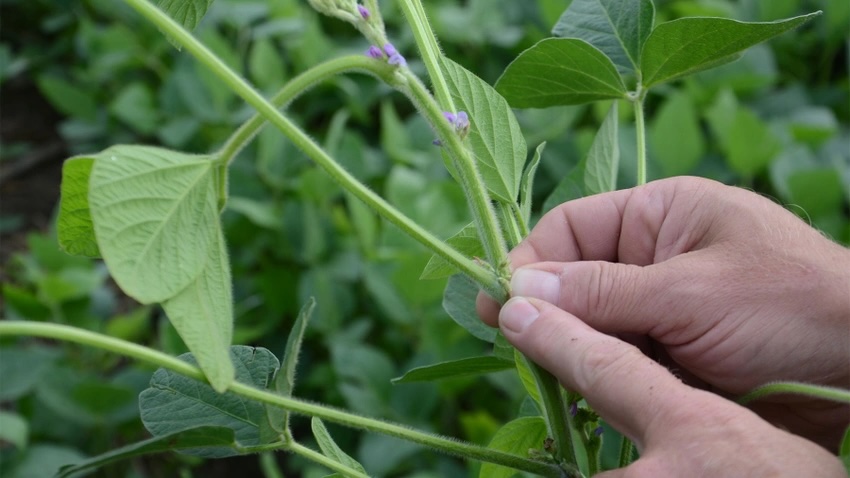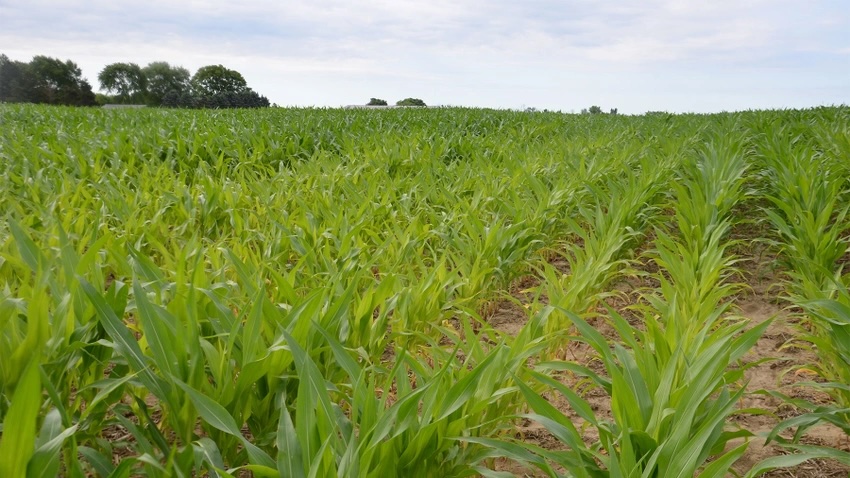Should you apply gypsum after soybeans?
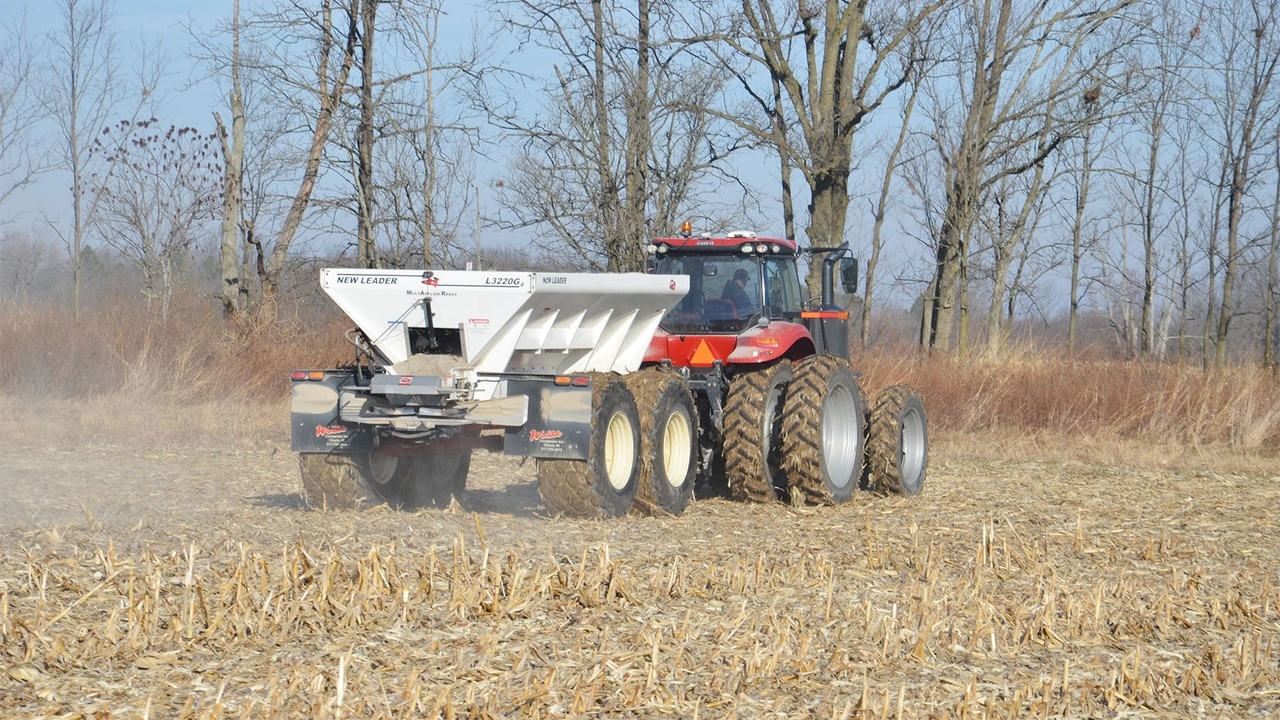
Answers are from the Indiana certified crop adviser panel: Dan Ritter, Dairyland Seed agronomist, Rensselaer; Bryan Overstreet, soil conservation coordinator, Rensselaer; and Steve Gauck, Beck’s agronomist, Greensburg.
Our crop consultant remarked all spring how a couple of fields of corn following soybeans emerged so well, and the soil didn’t crust, even though we had hard rains after planting. The only thing we did differently on those fields was apply gypsum last fall after soybean harvest. Should we be applying it on all our soybean stubble fields this fall? How do you put a value on less crusting?
Ritter: This topic elicits a bit of discussion among agronomists. Gypsum is usually the most beneficial in areas with tight soils. It is believed that gypsum can increase the porosity of soil “flocculation,” which could reduce crusting by increasing infiltration rates on the soil surface. Gypsum also has beneficial attributes in adding calcium and sulfur to the soil, which could be another reason for considering an application. Whether that means you should apply gypsum every year may be up for debate. Be sure to monitor soil tests if you do plan on adding it every year.
In terms of putting a value on less crusting, you could consider looking at what value less runoff, and therefore less erosion, means to you. The other consideration would be where crop emergence is improved. What would the extra plants add to your yield? Would a more consistent emergence, where all plants are at the same growth stage, be more beneficial?
Overstreet: If you have low calcium and high sodium levels in your soil, your soil structure can have more crusting. Gypsum can help with this condition. This usually occurs in highly irrigated soils. Organic matter also can increase your soil structure substantially. Reducing tillage and having the soil protected by residue from last year’s crop also will prevent soil from breaking down from the impact of rainfall, thus helping your crusting issue.
Gauck: Gypsum adds calcium and sulfur to your soils without changing pH. The soluble calcium improves soil aggregation and porosity and can improve water infiltration, especially in soils with high magnesium levels. Soil testing will help you determine if you can or should apply gypsum. If you need to improve soil pH and add lime, calcium also will help with crusting.
The main way to decrease crusting is to improve soil structure, mainly at the soil surface. Working the ground too fine is the main cause of crusting. Gypsum does improve soil aeration and water percolation, but there is a cost. If your soil needs more calcium and the pH is fine, look at gypsum. It is hard to put a value on crusting, but if it is a constant problem, work with your agronomist to improve your soil structure.


